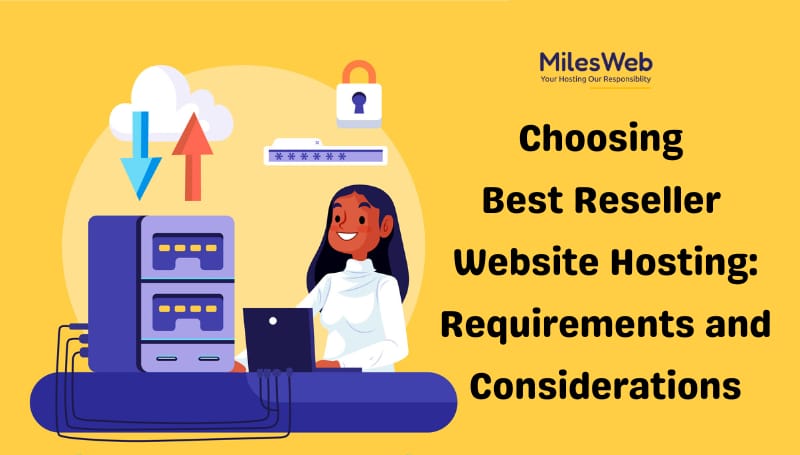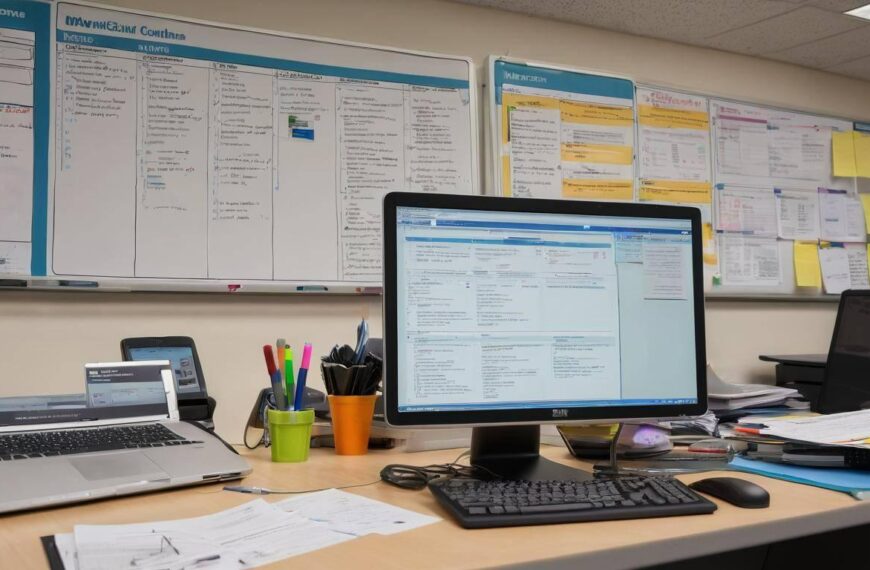When you’re all set to launch your website, you often need to make various decisions, specifically regarding selecting your choice of web hosting services. Plenty of options are available in the market, starting from reliable and affordable shared web hosting to highly customizable VPS hosting and from scalable cloud hosting solutions to powerful dedicated hosting servers. Beginners might find it confusing.
Shared web hosting is typically the most preferred choice for newly established website owners because of its affordability. Furthermore, the benefit of having managed hosting services increases your website’s universal appeal.
But having said that, when using shared hosting services, you’re required to make several improvements to improve the speed and performance of your website. In this blog, we are going to explore some of the most useful best practices, like implementing caching, website hosting services cost, use of logging tools, and so on, to optimize your blogging website with shared hosting environments.
Understanding Optimization
Apparently, the web optimization technique might look like a difficult task, but it is quite the opposite. In simple words, the web optimization technique is mainly related to enhancing the user’s experience when they check out your website.
Expect the visitors to like the experience and get converted into prospective buyers, thus assisting you in accomplishing your goals. The optimization techniques help you to understand your target audience and their preferences and distaste.
With the help of this knowledge at hand, you can effectively provide with your target audience. However, the real website optimization method is quite a complex process. Hence it is recommended that you should not optimize your website just for the sake of optimizing it, because it could result in reducing your conversion rate instead of improving it.
Importance of Optimizing Your Blog
As discussed earlier, website optimization assists you in understanding your target audience, which enables you to provide what they require as each person who visits your website is different.
Some visitors visit your website to resolve a problem or to find a solution to a question. While others visit your website just to complete a task. Website optimization makes it easy for your website to resolve those issues or provide solutions to those questions.
All in all, blog optimization strengthens the overall performance of your website, which results in more revenue generation.
Proven Best Practices To Optimize Your Blog On Shared Web Hosting
1. Select a Cost-Effective Shared Web Hosting Provider
Begin by opting for a well-known and reliable shared hosting provider popular for its speed and performance. Consider its customer feedback and uptime guarantee.
2. Optimize Visual Assets Like Images and Media
Optimize visual assets such as images and media by compressing and resizing them in order to decrease their size. Because large-sized media files can take too long to load, leading to slow-loading websites.
3. Incorporate Content Delivery Networks (CDNs)
Content delivery networks help in distributing the content of your website across a network of servers located worldwide, thus decreasing the pressure on shared web hosting servers and increasing the speed of the content delivery for users.
4. Decrease HTTP Requests
Decrease the total number of HTTP requests that your blogging website makes by bending JavaScript and CSS files. This accelerates the loading process for all the important elements.
5. Use Browser Caching
Make use of browser caching to locally store various website resources on users’ systems in order to increase the traffic to your website.
6. Take Advantage of Gzip Compression
Turn on Gzip compression on your shared web hosting server to decrease the size of HTML, CSS, and JavaScript files by increasing their load time.
7. Minimize Content and Script
Minimize the content and script by removing unwanted characters and white spaces, thus increasing the page load time of your blog.
8. Activate the Lazy Loading Feature
When you activate the lazy loading feature for videos and images, they load exclusively when a visitor scrolls down the web page. It helps in increasing the loading speed of the initial web page.
9. Optimize Databases
If your blogging website is based on a database, make sure that the database queries are well-optimized. Moreover, to decrease the load on the database, utilize the caching techniques.
10. Always Update Your Software
Timely update your website’s software, or CMS, plugins, and themes, in order to reap the benefits of bug fixes and performance improvements.
11. Restrict the Use of Third-Party Resources
Limit the use of third-party resources such as third-party scripts, plugins, themes, and social media widgets in order to minimize the effect on page load times of your website.
12. Continuous monitoring
Using several tools, such as Google PageSpeed Insights, GTmetrix, and so on, you can monitor the performance of your website, recognize the potential growth elements, and resolve any problems that may arise.
13. Opt for a Content Management System (CMS):
If it is possible, choose a lightweight content management system or a framework, as it is beneficial for achieving more efficiency and faster loading times.
14. Keep Your Website Up-To-Date
Regularly keep your website up to date by removing unwanted databases, files, and spam comments in order to declutter your website and increase its overall performance.
15. Integrate Caching Plugin
If your CMS supports a caching plugin, think of implementing it to create static versions of your web pages in HTML, thus minimizing server load and increasing page load times.
Why Choose Milesweb’s Shared Hosting Services to Empower Your Business?
MilesWeb’s shared web hosting services are specifically crafted to offer outstanding performance and dependability at a competitive price. Using NVMe storage, 1-click installers, free SSL certificates, and so on, your blog receives everything that it requires to thrive in this competitive world.
Furthermore, their expert support services are available 24*7, which assures timely response. If you’re an owner of a blog or a small business startup, Milesweb provides various plans that meet your requirements and are supported by 99.95% guaranteed uptime. Pick MilesWeb for its unmatched price, intuitive control panels, and seamless user experience that improves the performance of your blog and takes it to the next level.
Conclusion
Shared web hosting is the perfect solution for newly launched websites and receives low traffic. The blend of price and performance is just right. But having said that, optimizing your web hosting setup can drastically affect the performance of your website.
Therefore, when selecting a shared web hosting plan, ensure that you purchase it from a well-known hosting provider with a track record of offering dependable, fast, and reliable hosting services; thereby, you’re not required to stress about web hosting-related problems and completely focus on expanding your business.








